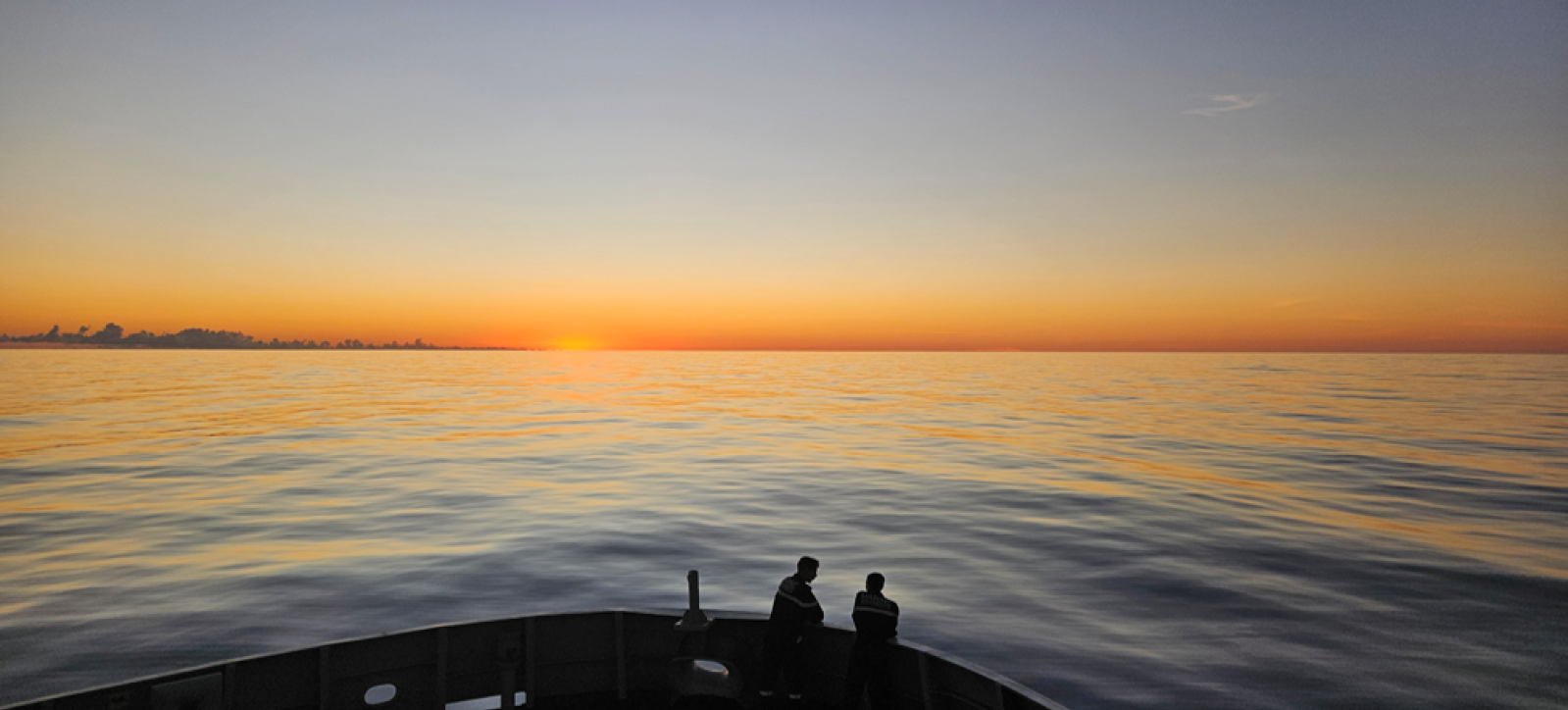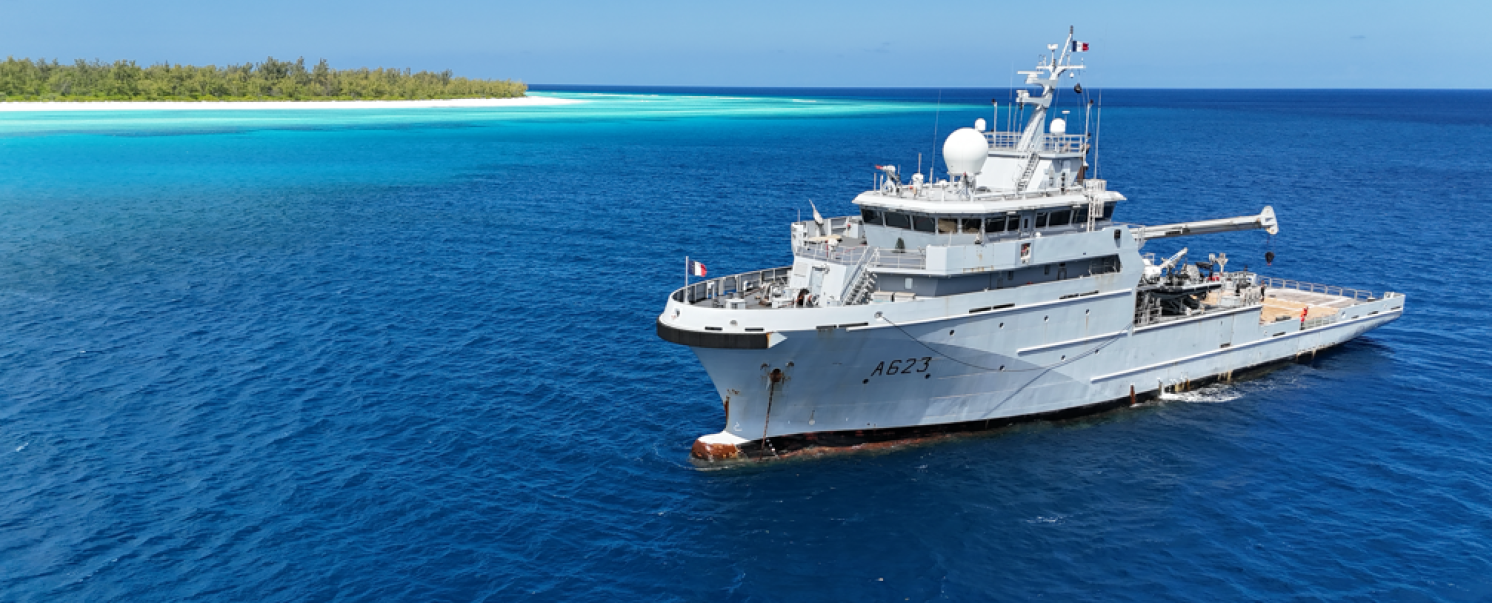With the first research cycle now complete, de Vargas shares his insights on the Bougainville mission. What is your initial assessment of operations?
“Working together with the French Navy and the scientific community meant overcoming cultural hurdles. It took us a while to understand each other’s way of working and across three time zones at that! We have set up meetings with the Commanding Officers of overseas offshore support and assistance vessels (BSAOM), who are very eager to get involved and offer even more support. As for the sailors, Bougainville has been an eye-opening experience. The way they see things has changed. They now see the ocean as alive, teeming with magnificent microscopic organisms”.
With Bougainville, the goal is also to test the reliability of so-called “frugal” sensors. Did they meet your expectations?
“Yes, these lightweight, low-cost measuring instruments are designed to be easily used by a wide range of ocean users, or ‘seatizens’. That’s the vision behind Plankton Planet, an ongoing collaborative effort to monitor the planet’s microbiome. While adjustments are needed to secure and set consistent protocols (for light, salinity, temperature, genetics, etc.) in order to collect the expected dataset, we’re aiming for around a hundred sampling sites per year for each of the three BSAOM vessels — a total of 1,500 data points by 2030, which is significant”.
Do you have any early scientific findings to share?
“Erwan Léger, an engineer at the Roscoff Biological Station (CNRS), is in charge of producing genetic sequences from DNA samples. By the end of the year, our PhD student Manon Thueux will be in a position to start comparing these samples to identify the first communities. For example, she will look at similarities between those from Réunion Island and New Caledonia, or between coastal and offshore populations. Her thesis project focuses on microbiomes, i.e. communities of microbes associated with larger planktonic organisms. Thanks to PCR techniques, which amplify genetic markers covering all forms of life, we’re about to explore a still relatively unknown part of marine biodiversity. While free-living ocean microbes are relatively well-studied, those living in symbiosis with more complex organisms remain largely uncharted”.
What will this teach us?
“Understanding the biodiversity of these ecosystems and how it evolves with environmental changes could, for instance, shed light on the so-called ‘island effect’. We know that islands influence coastal microbiomes, but we still don’t know much about their impact on ocean currents, for example. We also hope to build a plankton DNA collection. This genetic treasure trove is still largely untapped and contains millions of unknown genes. Finally, the composition of plankton also determines its ability to sequester atmospheric carbon — a key question for global ecology. Plankton is also the basis of our food chain. There’s still so much to discover!”

